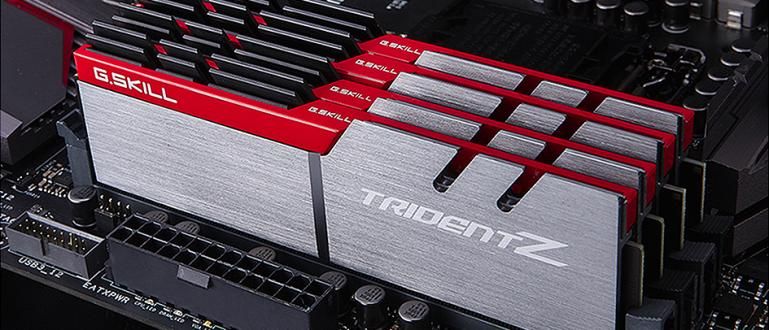Is your smartphone rooted? Here are 5 Ways to Secure Rooted Android.
For you Android smartphone users, of course you are familiar with the term root or root. Yes, root Android is the process of modifying the Android operating system so that you have unlimited access. Where you are allowed to make changes such as adding, removing, and even destroying elements contained in the Android operating system.
Root can be likened to you open key house, so you can go inside and do anything. It means root It can also make your home unsafe and vulnerable to theft. Yes, your Android smartphone is more prone to attack malware malicious software that can damage the system or steal data.
- IMPORTANT! These are the things to do to keep your Android safe
5 Ways to Secure Rooted Android
So, you must know very well what the benefits are root Android and what it does. Reported from TechViral, here Jaka presents 5 ways to secure an Android smartphone that has beenroot.
1. Manage App Permissions

If your smartphone is already running Android Marshmallow, there are features App Permissions which makes app permissions more intuitive, giving you the option to allow or deny certain permissions in an app instead of having to accept all permissions at once. For example you can give the Chrome browser access to the camera, but not to microphone access if you prefer.
Take it easy, if your Android smartphone is not running Android Marshmallow. You can still manage every access the app requests using the app App Options. It's like even though the door of the house is not locked, you lock every cupboard, refrigerator, and other equipment in the house. So it feels a little safer right?
Download the App Ops App
2. Don't Install Unofficial Applications

Another important thing after you do root is don't download and install unofficial applications, download applications and games through the Google Play Store or trusted download sites such as JalanTikus for example. For some reason, sometimes we do install applications or games outside the Google Play Store. As for playing games that have been in crack, of course the modified application may contain malware wicked.
3. Don't Delete All Default Apps

By gaining access root, Android users can delete all applications on Android, including default applications that are never used. But you have to be careful, do not carelessly delete the default application. If it is wrong to delete some of the applications that are needed to run an Android device perfectly, it is certain that the result will surely be error or the smartphone becomes unstable. So, before you delete the default application, you must first know what it does, and ApkVenue highly recommends not deleting the default application carelessly.
4. Use Anti Virus

If your Android smartphone is not in a state root, Google claims that there is no point in installing anti-virus applications on Android. But it's a different story for smartphones that have beenroot, where enough antivirus is needed to maintain security. You can routinely scan to make sure everything is safe. Well, read the following article in full, 10 Best Android Antivirus Applications For Your Smartphone.
5. Always Backup

The wrong step in modifying the Android system can cause some system damage such as: soft brick, bootloop, to the point of total death. So, be diligent in doing it backup every day if necessary. Well you can use the app Titanium Backup which has very complete features. You can easily do backup, restore, move app or game data to a memory card, and more.
Those are 5 safe steps to use a pre-installed Android smartphone.root. Indeed, by doing root we can do many things, such as install custom ROM, try out the latest features, the battery can last longer, the performance can be lighter, and more. But the system usually doesn't run stable, so you must have backup important data. In your opinion, do you still need our Android smartphone? root?









